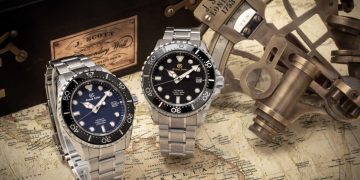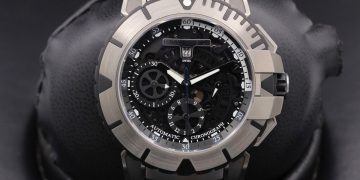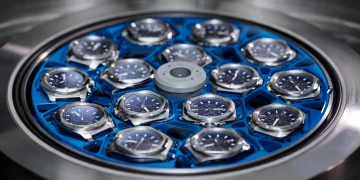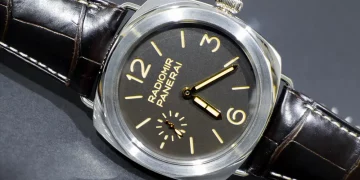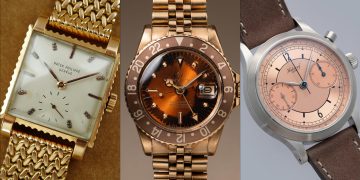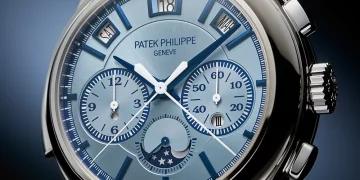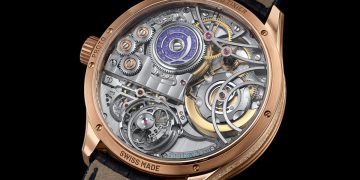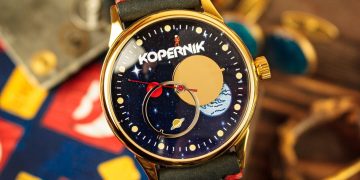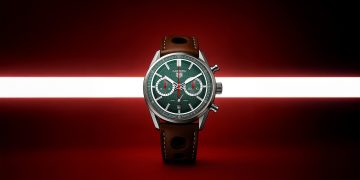In the luxury goods market, a brand’s heritage is often considered one of its most powerful assets. The combination of brand legacy and historical significance has an undeniable influence on consumer perception, loyalty, and desirability. For luxury brands, a rich and storied history provides more than just a narrative; it offers a sense of authenticity, exclusivity, and prestige that is deeply sought after by consumers. Whether it is a high-end watch, fashion label, jewelry, or a luxury car brand, the historical ties of these companies often serve as a critical factor in shaping their success.
This article explores how the fusion of brand and history plays a pivotal role in the success of luxury brands and why it holds such immense influence in the market.
1. The Psychological Power of Heritage in Luxury Goods
a. A Sense of Authenticity
The luxury market is driven by emotions as much as by products. For consumers, purchasing a luxury item is often an act of self-expression, status, and the desire to own something that is rare and authentic. A brand’s long history contributes to its authenticity—the belief that the brand has stood the test of time and has continuously produced products of the highest quality.
For instance, Patek Philippe, a brand with over 180 years of history, is not just selling watches; it is selling a piece of watchmaking heritage. The brand’s commitment to creating handcrafted timepieces using centuries-old techniques gives consumers the confidence that they are buying something authentic, that has been passed down through generations, and that is connected to a long tradition of craftsmanship.
Similarly, Rolex’s rich history of innovation and high-quality craftsmanship has led to its being perceived as an iconic symbol of wealth and success. The fact that Rolex has been a trusted brand for over a century adds to its aura of prestige, making it a timeless investment for many buyers. This sense of authenticity—rooted in a brand’s history—is crucial for attracting affluent consumers, who often equate a brand’s longevity with superior quality.
b. Building Trust Through Time
One of the most important benefits of a brand’s heritage is its ability to build trust over time. Consumers feel a deeper sense of security when they purchase a product from a brand with a long-standing reputation for quality and reliability. Trust is crucial in the luxury market, where consumers often spend large sums of money. A heritage brand, having consistently delivered high-quality goods for decades or even centuries, offers a sense of reassurance to the buyer.
For example, Hermès has built a reputation for exquisite craftsmanship and timeless designs, and its heritage is a key factor in its brand trustworthiness. The brand has been in operation since 1837, and its long history is reflected in every detail of its products, from the iconic Birkin bag to its leather goods. Consumers trust that a product bearing the Hermès name will maintain its value and continue to be highly desirable due to the brand’s heritage of quality.
2. The Role of Exclusivity and Prestige
a. Scarcity and Heritage-Driven Demand
The combination of history and exclusivity creates a powerful sense of demand in the luxury market. Consumers often desire items that are not easily attainable, and heritage-rich brands frequently maintain a level of scarcity by producing limited editions or crafting each piece with meticulous attention to detail. These limited releases, often tied to the brand’s legacy, make the products even more desirable. The exclusivity linked to these heritage-driven brands elevates the perception of value.
Louis Vuitton, with a history that dates back to 1854, is one of the most recognizable luxury brands. The brand’s heritage of craftsmanship, coupled with its exclusive collaborations and limited-edition designs, has created a demand that extends beyond the product itself—Louis Vuitton bags, for example, have become symbols of prestige. The Scarcity principle is a strategy many luxury brands use to maintain demand, with the added value of brand heritage intensifying the appeal.
b. Symbol of Social Status
A key driver of luxury purchases is the desire to communicate a certain status or identity to others. Heritage-rich brands often become symbols of success, wealth, and refinement. Owning a product from a brand that has a long and storied history signals to others that the wearer or owner appreciates quality, understands the value of tradition, and has access to exclusive luxury. This type of brand recognition can often carry more weight than the product itself.
The Jaguar car brand, founded in 1922, is an example of how a legacy can serve as a marker of status. Its combination of British engineering excellence, luxury, and exclusivity continues to attract consumers looking to display their success. Similarly, Rolls-Royce has built its name on the foundation of heritage, precision engineering, and refinement, ensuring that its vehicles remain symbols of the highest status in the automotive world.
3. Narrative and Emotional Connection
a. Consumers Seek Meaning Beyond the Product
Luxury products are often not just about their material value; they are about the meaning and story behind them. Heritage brands provide consumers with more than just a product—they offer a narrative. This narrative can be deeply emotional, tapping into a consumer’s desire for connection, legacy, and ownership of something that carries with it a rich and storied past.
For example, Cartier, a brand founded in 1847, is synonymous with luxury and sophistication. The historical significance of Cartier pieces, such as the Cartier Tank watch, which has adorned the wrists of royalty and celebrities for generations, gives consumers an emotional reason to connect with the brand. The association with timeless elegance, royalty, and iconic design makes owning a Cartier piece an emotional investment, where the heritage of the brand becomes part of the buyer’s own personal narrative.
b. Heritage as a Story of Innovation and Progress
A luxury brand’s history isn’t just a series of dates and milestones; it’s a story of innovation, progress, and pioneering spirit. For many of the most well-known luxury brands, their heritage includes key moments of innovation that helped shape entire industries. This adds an extra layer of desirability for modern consumers, who appreciate brands that have a track record of being forward-thinking.
Breguet, for instance, is a brand with a history of watchmaking innovation that dates back to the late 18th century. It was the first brand to create a self-winding watch and to introduce the tourbillon complication. Breguet’s legacy of innovation, combined with its timeless designs, gives consumers the sense that they are not just purchasing a luxury watch but also a piece of watchmaking history—a tradition that continues to push the boundaries of horological engineering.

4. Marketing and Storytelling: Amplifying Heritage’s Influence
a. Using Heritage in Brand Communication
Luxury brands leverage their history not just in the product itself, but also in their marketing strategies. The narrative of a brand’s legacy is often central to its advertising and storytelling efforts. By emphasizing the heritage and authenticity of their products, brands appeal to the growing demand for meaningful purchases. Today’s consumers are looking for more than just products—they are looking for a connection to the brand story, something they can share with others.
For example, Chanel has built its entire brand on the legacy of Coco Chanel and her innovations in fashion. The brand’s history is central to its marketing—from the iconic Chanel No. 5 perfume to the Chanel tweed jacket—which remains the symbol of timeless style and sophistication. Chanel’s marketing, focused on exclusivity, craftsmanship, and its founder’s legacy, reinforces the brand’s connection to history, making it an aspirational brand for consumers worldwide.
b. Heritage as a Competitive Advantage
In a crowded luxury market, brand heritage becomes an important competitive advantage. Brands with rich histories are seen as more prestigious, and their longstanding reputation for quality and exclusivity can help them stand out from new competitors or mass-market luxury brands. This connection to history provides brand differentiation that cannot easily be replicated by newer or emerging brands.
For example, Louis Vuitton, with its 170+ years of history, stands out in the crowded luxury handbag market not just for its quality craftsmanship but for the story behind its monogrammed bags. The LV logo is a symbol of heritage, exclusivity, and luxury, and it continues to drive demand despite the emergence of other brands.
5. Conclusion: The Powerful Role of Heritage in Luxury Brands
In conclusion, the combination of brand and history plays a critical role in shaping the luxury goods market. For consumers, the allure of authenticity, trust, and exclusivity derived from a brand’s heritage is a key driver of purchase decisions. These brands leverage their history not only to offer products that exude quality and prestige but also to create emotional connections with their customers. Heritage allows luxury brands to differentiate themselves in a competitive market, positioning themselves as leaders with a rich legacy that consumers can both trust and celebrate. Ultimately, brand heritage is a cornerstone of success in the luxury market, shaping consumer perceptions and influencing demand across generations.


